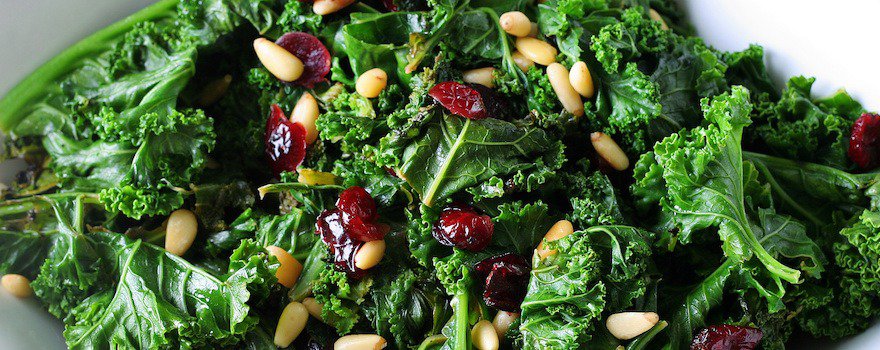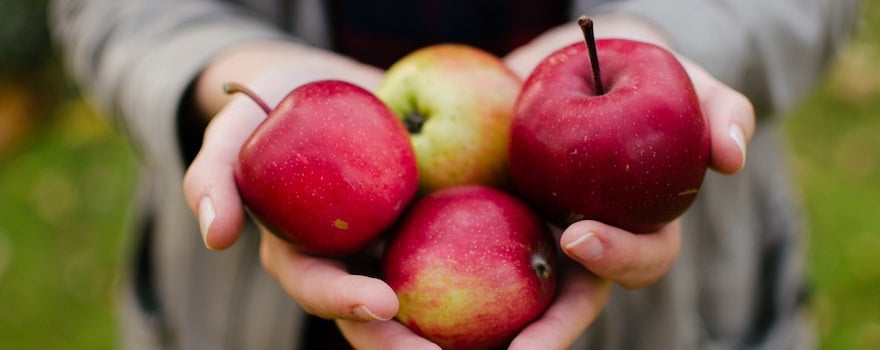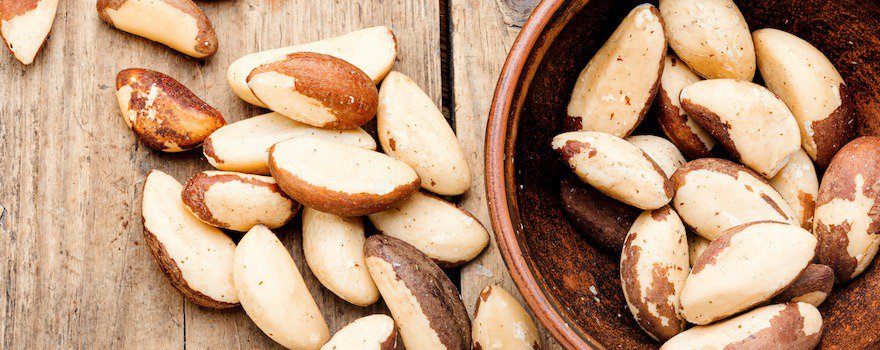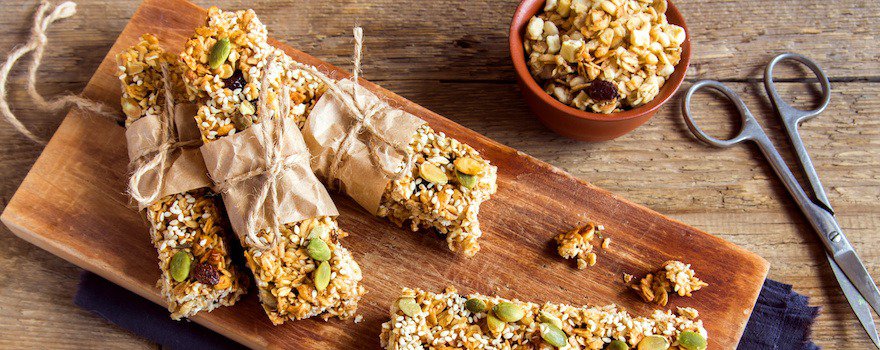What is a dietary rebalancing?
Generally speaking, dietary rebalancing involves eating better, more healthily, and in a balanced way on a daily basis. This approach has a dual purpose.
On one hand, it corrects your bad habits: snacking, insufficient hydration, meals that are too fatty or sugary…
It also highlights errors such as too quick chewing.
On the other hand, it encourages adopting better habits and focusing on certain foods to create healthy and balanced meals.
It is mainly based on 5 major groups of foods and nutrients:
- fruits and vegetables
- proteins
- dairy products
- carbohydrates
- fats
Dietary rebalancing should not be confused with a slimming diet aimed at losing weight. The latter requires a reduction in caloric intake and the prohibition of certain foods.
Dietary rebalancing, on the other hand, involves more of a comprehensive revision of your eating habits.
It does not involve a caloric deficit and does not cause frustration.
All foods are allowed as long as they are consumed in moderation. Its ultimate goal is therefore not weight loss, although it can contribute to it.
In the short term, its benefits are numerous:
- weight loss
- increased energy
- better digestion
- improved mood
- reduced risk of cardiovascular diseases or hypertension
This approach is intended for anyone wishing to change their current diet and reconnect with good habits over time.
Also read | The 10 best slimming programs and boxes
The best foods for dietary rebalancing
Green vegetables

Green vegetables provide good amounts of vitamins, minerals, and antioxidants. Additionally, they are low in fat but high in water.
Kale, spinach, Swiss chard, broccoli, or beans are very beneficial. Kale, for example, is low in calories and an excellent source of vitamin C.
You can prepare them steamed, mashed, in salads, in juice, or in green smoothies.
Fruits

Fruits contain vitamins, fibers, and water. Besides being nutritious, they are satiating and therefore perfect as snacks.
Favor apples, pears, oranges, strawberries, or bananas. Also opt for dried fruits: apricots, figs, dates…
You can eat them fresh, in mixed salads, or add them to a smoothie…
Oats

Oats are a perfect cereal to accompany a dietary rebalancing. Rich in soluble fibers and vegetable proteins, they are filling and promote the feeling of satiety.
Furthermore, they have beneficial effects on intestinal transit.
Consume them as flakes, bran, or oat milk. To make porridges, soak oats in hot milk for 15 minutes.
Seeds and nuts

Seeds and nuts are sources of minerals, trace elements, vitamins, proteins, and healthy fatty acids.
Excellent for satisfying small hungers, they provide energy.
Almonds, walnuts, Brazil nuts, chia seeds, and hemp seeds… are must-haves!
Dark chocolate

Who said we had to give up chocolate? You can definitely eat it as long as it’s dark.
It should contain at least 70% cocoa and cocoa butter. Below this, it is too sugary and nutritionally uninteresting.
You can also opt for raw chocolate made from unroasted beans, known to be richer in nutrients.
Cocoa is rich in vitamins, amino acids, minerals, and antioxidants. It also contains theobromine, a stimulating and energizing molecule.
Of course, consume chocolate in moderation and occasionally.
How to succeed in your dietary rebalancing?
Favor certain foods
While you can eat everything, some foods are still to be favored as part of a rebalancing.
Therefore, we distinguish foods to favor, those to consume in small quantities, and those to eat occasionally.
Here is a summary table to compose healthy plates that provide the body with necessary nutrients.
| Foods to favor | Foods to consume in small quantities | Foods to consume occasionally |
| Fruits and vegetables Whole grains Legumes Seeds and nuts Eggs Lean fish (pike, cod, albacore tuna…) Lean meats (chicken, turkey, rabbit…) | Dairy products Fatty fish (salmon, herring, mackerel…) White cereals | Biscuits and pastries Fried foods Fatty meats (lamb, beef, pork…) Processed meats Alcoholic beverages Sugary drinks |
Reduce processed products
Avoid processed products and ready meals as much as possible. They often contain additives, and are very salty, sugary, and contain bad fats.
Dietary rebalancing will encourage you to cook yourself at home. This way, you know exactly what is in your plate.
You will also enjoy preparing raw products: seasonal fruits and vegetables, fresh meats, and fish…
If possible, buy organic products to avoid as many pesticides as possible.
You can cook on a daily basis or prepare your meals for the week in advance according to the “batch cooking” method.
Knowing how to treat yourself
Knowing how to treat yourself is the key to an effective and lasting dietary rebalancing. Avoid frustrations and do not hesitate to vary the menus to enjoy eating.
Allow yourself some extras during the week without feeling guilty. You should not be in a restrictive or overly limiting approach.
Relearning to eat well
Ideally, a meal should last between 20 and 30 minutes. It is important to eat slowly, chew well, and masticate foods.
This contributes to better protein digestion and allows you to better feel the sense of satiety.
Also reconnect with your body and listen to it. Thus, you must distinguish between the desire to eat (greed) and hunger.
Finally, stop eating when you feel full, not to finish your plate. It can be clever to eat from smaller plates to avoid overeating.
Avoid snacking and eat at regular times

Snacking should be reduced to a minimum. It increases daily caloric intake and fat mass.
To avoid snacking, eat at regular times and do not skip meals like breakfast. Eating in the morning allows you to last until noon without hunger.
And if the desire to snack arises, go for a fruit, a homemade cereal bar, a yogurt, a piece of raw chocolate or dark with at least 70% cocoa.
Drink plenty of water
Hydration is essential for vital functions and for waste elimination in the body. It is recommended to drink 1.5 L per day.
Moreover, water is a natural appetite suppressant. Therefore, drinking a glass of water may be enough to satisfy a snacking urge.
You can drink water or treat yourself with tea or herbal infusions. Always have a water bottle with you when you travel.
Read also | The best natural appetite suppressants against snacking
Be patient
A dietary rebalancing requires patience. Indeed, relearning to eat and changing habits takes time.
It takes several months or even years to establish and maintain a balanced lifestyle in the long term.
Changes happen gradually. Don’t give up, don’t feel guilty about minor slips, and be persistent!



